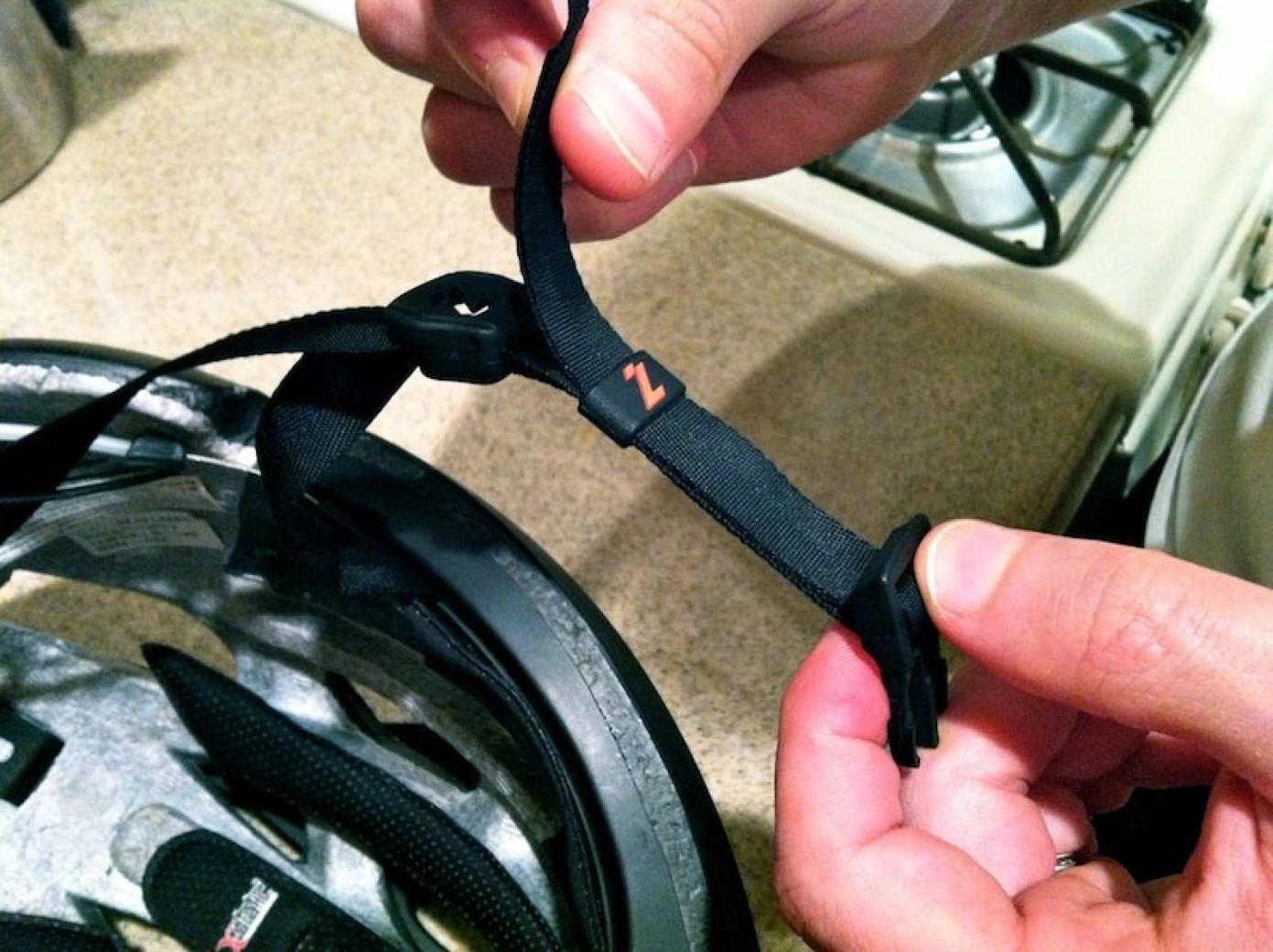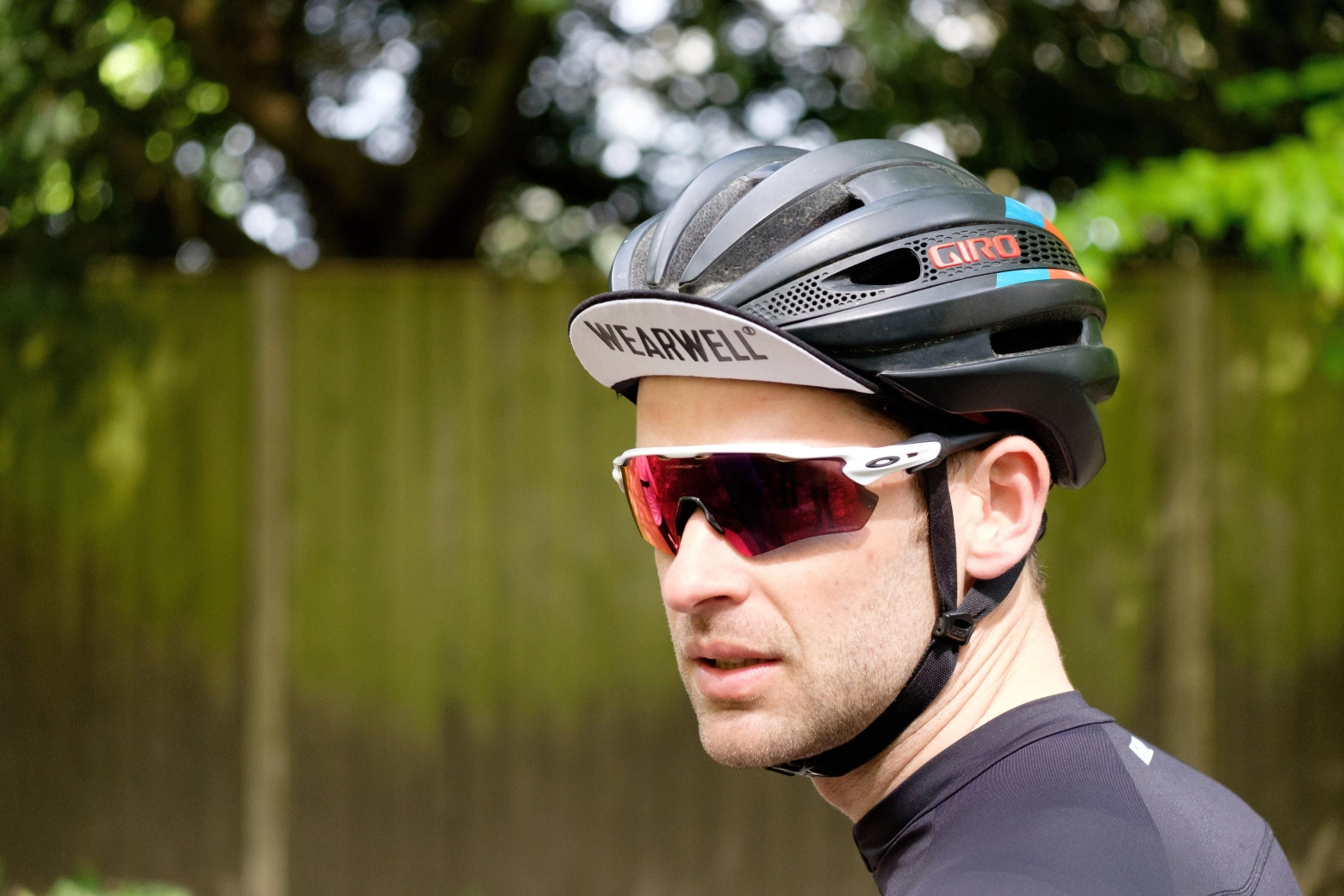How to clean your helmet
Helmet care is often one of the great forgotten aspects of cycling equipment. Cleaning it regularly will help it retain its original appearance and its ability to protect us from impacts for longer. We show you how to do it correctly to avoid damaging it.

Learn how to keep your helmet looking like new
Most cyclists, especially those with expensive bikes, do not hesitate to invest the time needed to keep their machine spotless. They clean any trace of dirt after each ride while also cleaning and lubricating the transmission carefully to ensure it functions perfectly for many thousands of kilometers.
However, it is not easy to find cyclists who pay the same attention to their equipment. Many times, shoes are thrown into a corner of the bike room upon arriving home, or clothes are thrown into the washing machine without worrying about which program or products to use to preserve them correctly.
RECOMENDADO

The cyclist's patience: how long, gentle training sessions build your best season

Tips for cycling in the rain

25 cycling gifts ideas to get it right

When do helmets have to be changed? Do they have an expiration date?

Some reasons to stay away from the road in winter

S-Works: what does it really mean and where does Specialized's most exclusive label come from?

One of the equipment items that usually receives the least attention is the helmet, precisely an item that we should pay attention to since it accumulates a lot of sweat and the salts it carries, which, as is well known, are extremely corrosive to any material they adhere to. In fact, we have seen handlebars broken due to the accumulated sweat under the handlebar tape. Imagine what it can do to the polystyrene that forms the helmet's structure responsible for absorbing impact in case of a fall.
Aside from damaging the helmet, excess sweat, despite the antibacterial treatment that the interior pads usually have, can lead to a proliferation of bacteria, which is not pleasant and can be a source of bad odors or even infections in more extreme cases.
To clean the helmet, we must follow a few simple steps, starting by removing the interior pads that are usually attached with Velcro to the polystyrene shell. The pads are undoubtedly the part that collects the most sweat, so it is not a bad idea to soak them in soapy water.

Here it is important to note that we will only use water and non-aggressive soaps. Dish soap can be used, but if you want to be on the safe side, shower gel or hand soap are ideal for this task.
We will continue with the helmet itself. With a sponge and soap, we will remove dirt from the outer shell. If there are grease deposits that do not come off, we can use the usual degreaser used to clean discs or chains, but paying attention to its composition to ensure that it is alcohol-based, the most common type, which will not damage the polycarbonate of the shell.
As for the polystyrene, the cork that absorbs impacts, only soap and water with the sponge. Finally, we will have the retention system, which being a plastic piece usually only requires a stream of water to remove any trace of dirt that the dial and, especially, the straps may have accumulated, which will require a good dose of attention as they also accumulate a lot of sweat. Here, again, we will insist on using soap and, if necessary, scrubbing with a toothbrush to try to remove the accumulated dirt.

Finally, we will only have to rinse all the soap thoroughly. To do this, we will put the helmet directly under the tap and do the same with the pads, which will have already released all the dirt in the container where we soaked them. In any case, it is not a bad idea to check their condition, and if we see that they are deteriorated, most brands usually have this item available as a spare part for their different helmet models.
Now we just have to dry the helmet, for which we will avoid hanging it in the sun on the clothesline. In fact, in general, we will avoid leaving the helmet in the sun or in places with excessive heat as it can damage the expanded polystyrene of its structure. Once it is completely dry, we will put the pads back in place and readjust it as some straps may have moved.

If you are a cyclist who sweats a lot, a good trick to prevent the helmet from accumulating excessive sweat is to wear the typical cycling cap underneath it, which will be responsible for retaining perspiration, preventing salts from accumulating in the helmet. However, in the middle of summer, it has the disadvantage of adding heat to the head.